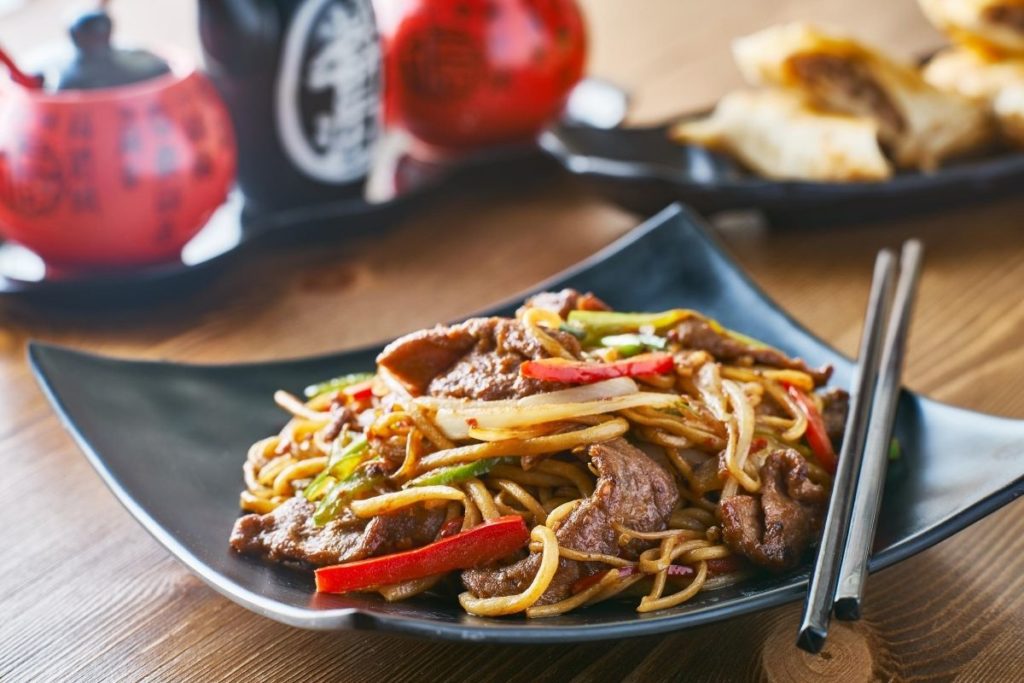
You can also add a little oyster sauce or a splash of cooking Chinese cooking wine to the sauce for more depth of flavor. If using ramen, I have found they work out best if they are undercooked by a minute.įor this chow mein sauce we only use a few simple ingredients: Yakisoba noodles, lo mein noodles, or even ramen noodles can also be used.

Of course, if you are making this on your own you can take your own creative liberties and add extras to your liking.

I love how Panda Express doesn’t complicate things. The ingredients in Panda Express Chow Mein are simple. If you don’t have any of these on hand, you can get away with using a simple spaghetti noodle or linguini noodle and stir-frying them. No matter what you use, be sure to discard the flavor packet if one is included. As long as you stir fry them in some oil, you should be good to go! We like to use Yakisoba because I think the texture comes out just right every time, but you can also cook up some dry lo mein noodles and then stir fry them in oil after they have been well drained. With chow mein, you can get away with using several different kind of noodles. In my opinion, it all comes down to that “slurp” test! Now, can you make this recipe a lo mein if you wanted to? Absolutely! It is DELICIOUS as a lo mein! Just boil up your noodles separately and double the sauce. The noodles are stir-fried, they are a little oily, there is little sauce used, and they aren’t easy to slurp. Some may argue that Panda Express chow mein is a LO mein, but looking over these qualifications above, you know that is actually IS a chow mein. Sauce: Lo mein is tossed in a good amount of sauce.It feels similar in texture to a spaghetti noodle. Texture: The texture is more soft in a lo mein noodle.Preparation: Lo mein noodles are parboiled until soft and then tossed with sauce and other ingredients.Translation: Translated, “lo mein” means “tossed” noodles.Sauce: There is very little, if any, sauce with chow mein noodles.The most common kind of chow mein noodle is the stir-fried kind, like they use at Panda Express. Some think that chow mein noodles are strictly crunchy, deep fried noodles, like the kind that comes in a canister, but that is only one type of chow mein noodle. The fried texture makes it so it can’t really be “slurped”. Texture: Because chow mein noodles are stir-fried, the noodles become slightly crispy and a bit oily.Preparation: Chow mein noodles are parboiled and then stir-fried in a wok with vegetables and other ingredients until the noodles cooked through.

Translation: Translated, “chow mein” means “fried” or “stir-fried” noodles.The biggest difference is simply knowing that one is stir-fried and the other is tossed in sauce. Sometimes, it is difficult to tell the difference between chow mein and lo mein, but after I go through the three main differences, you will easily know which is which.


 0 kommentar(er)
0 kommentar(er)
